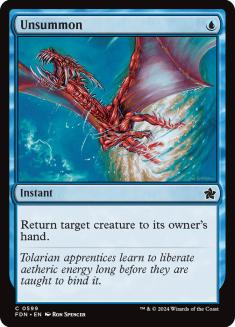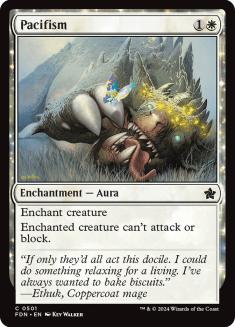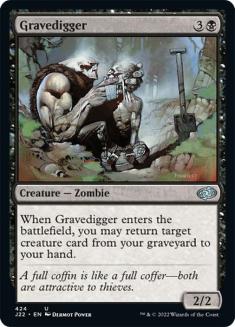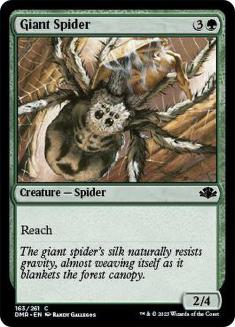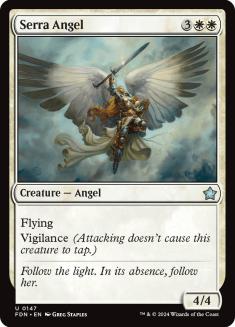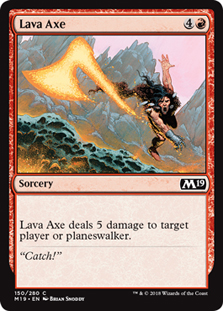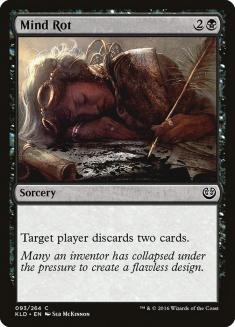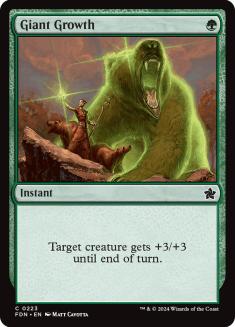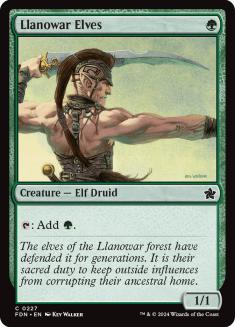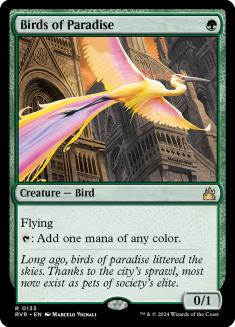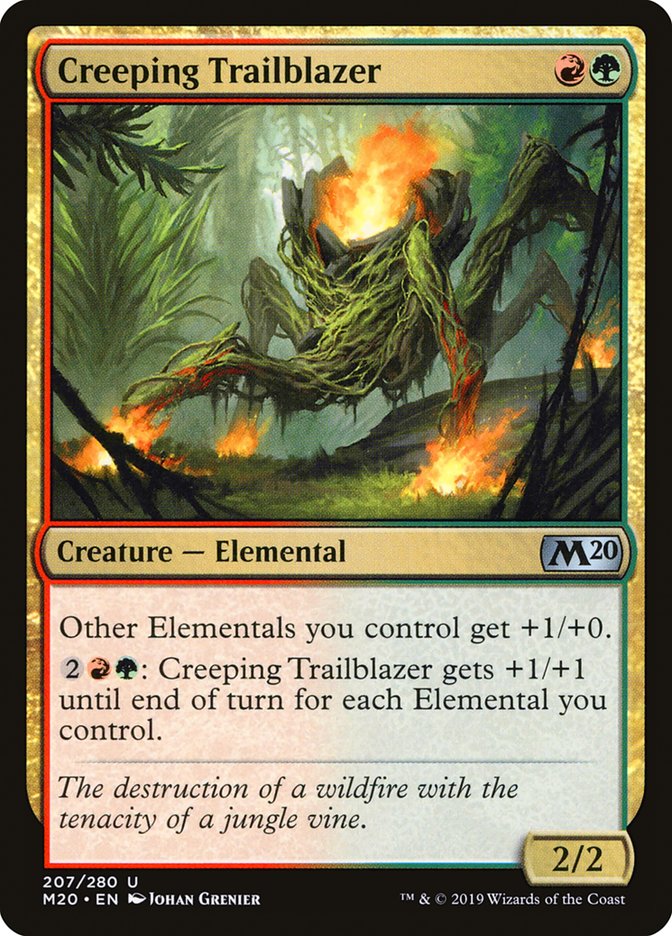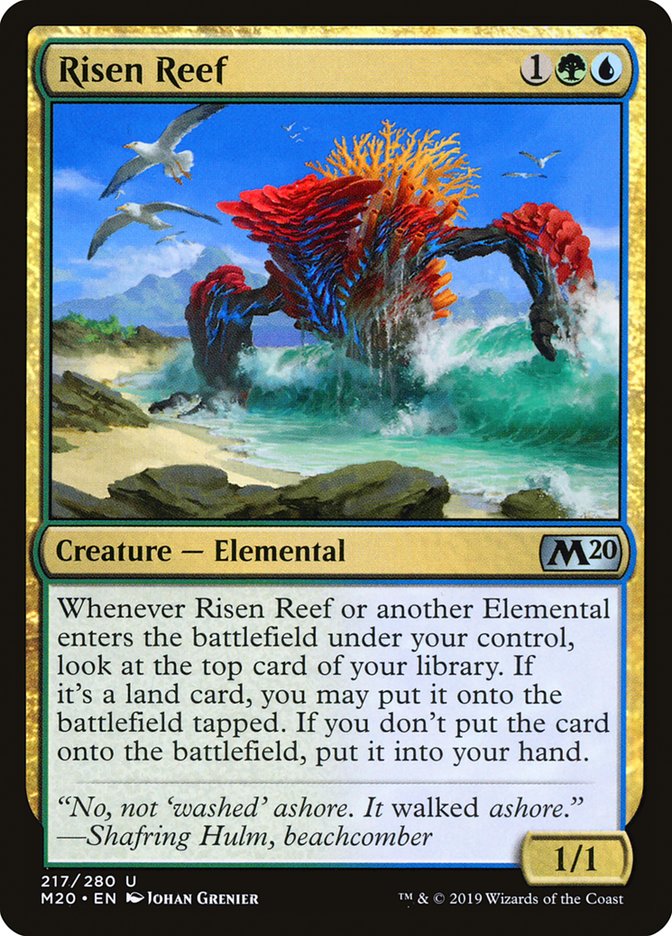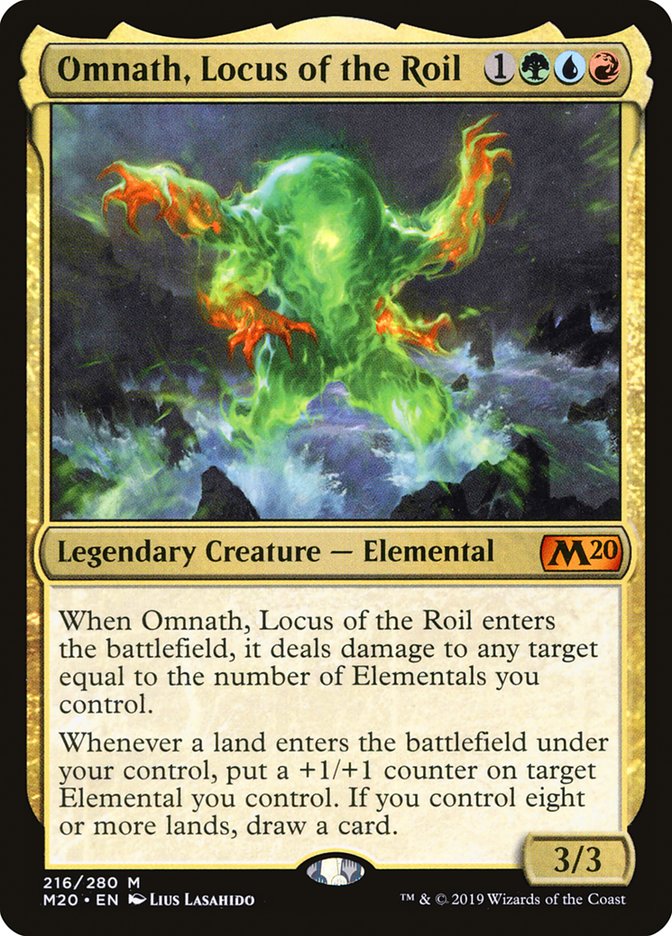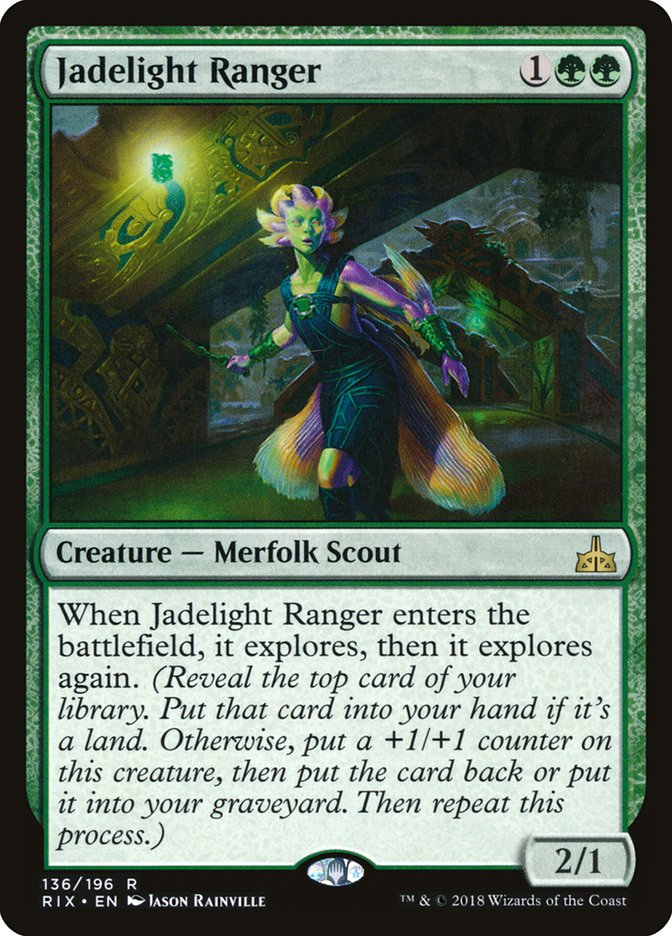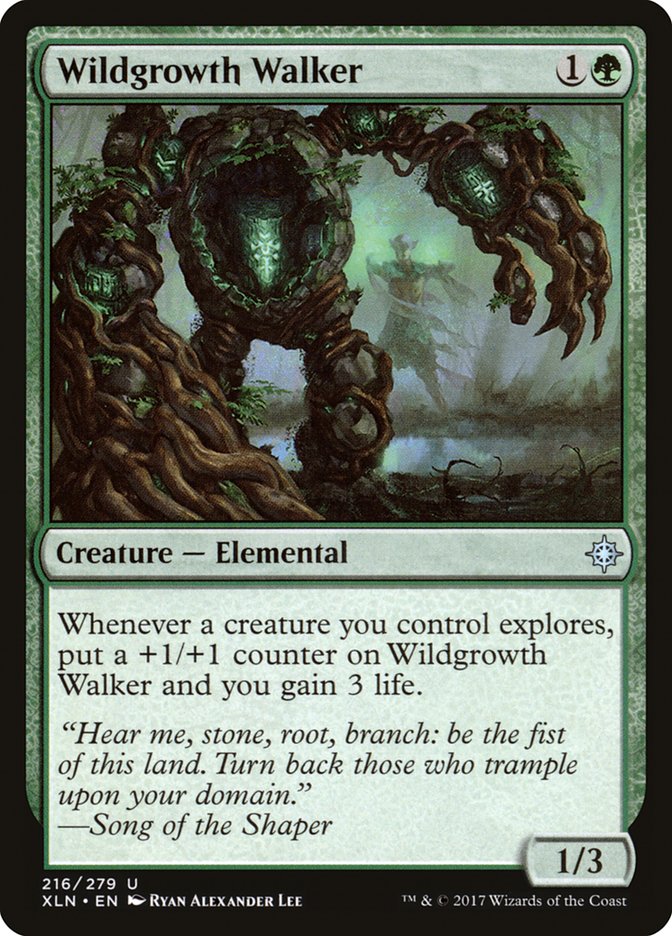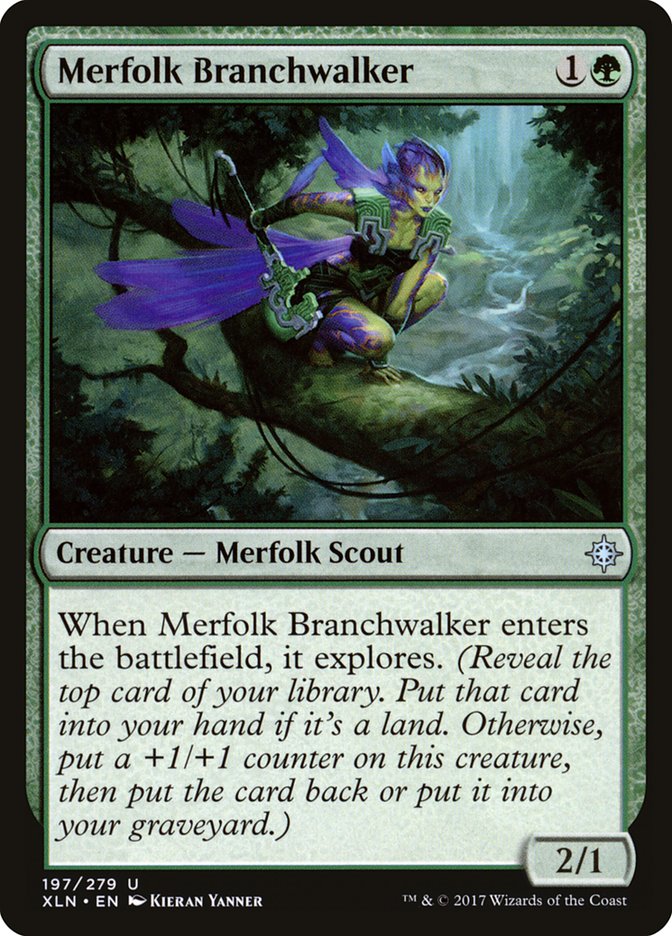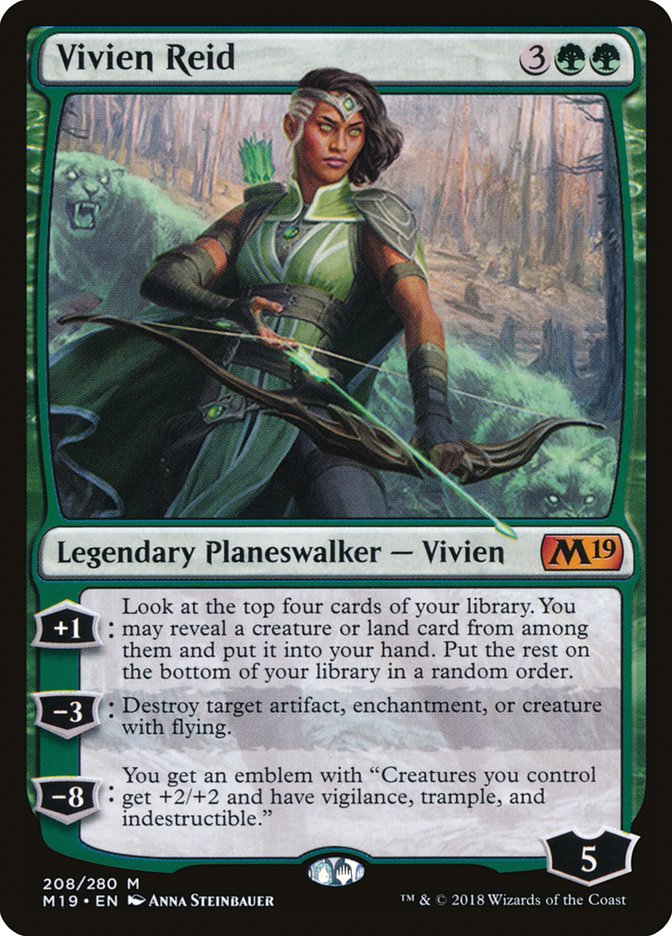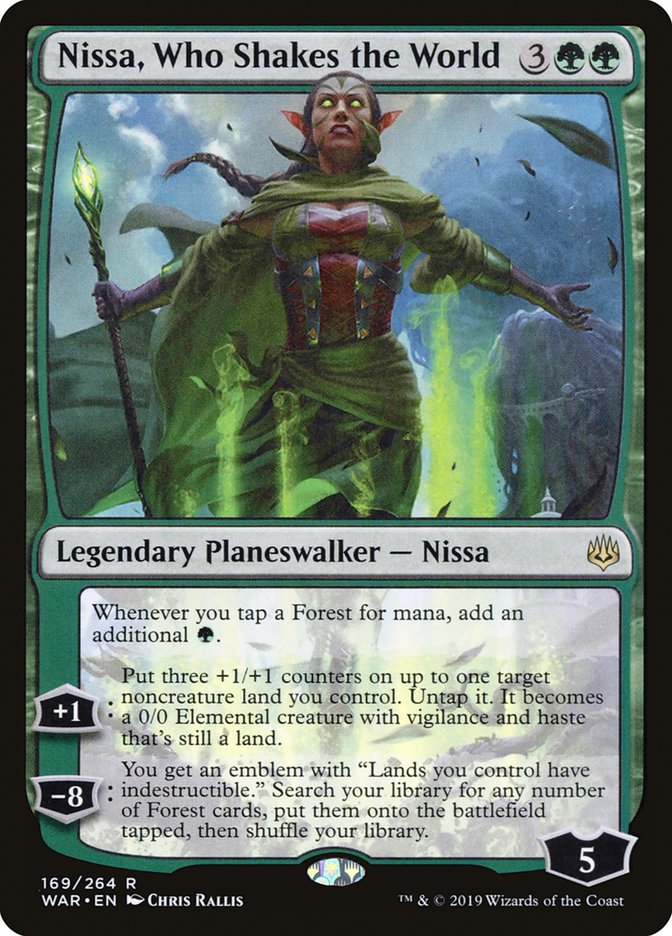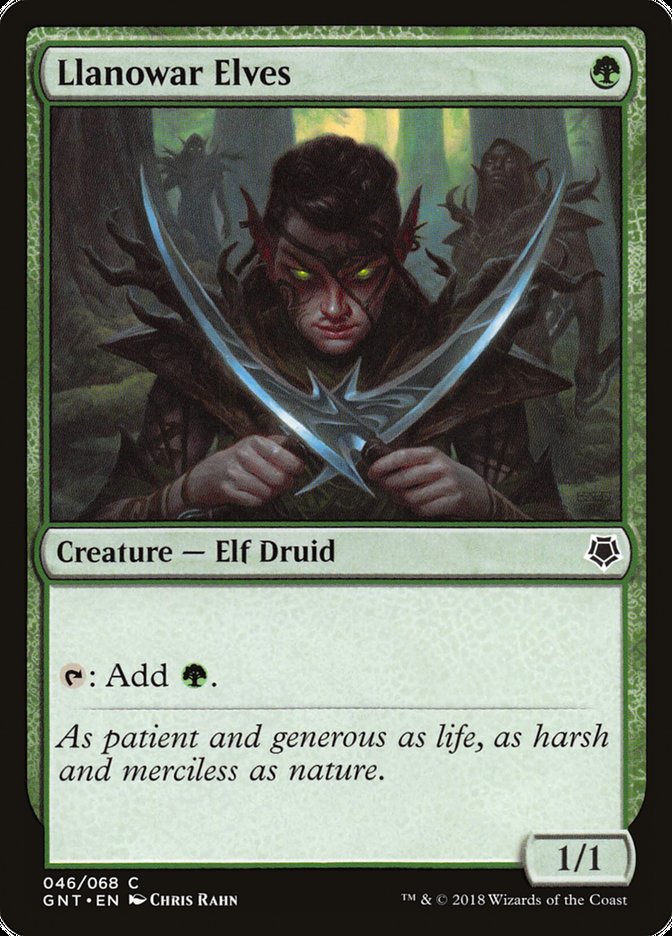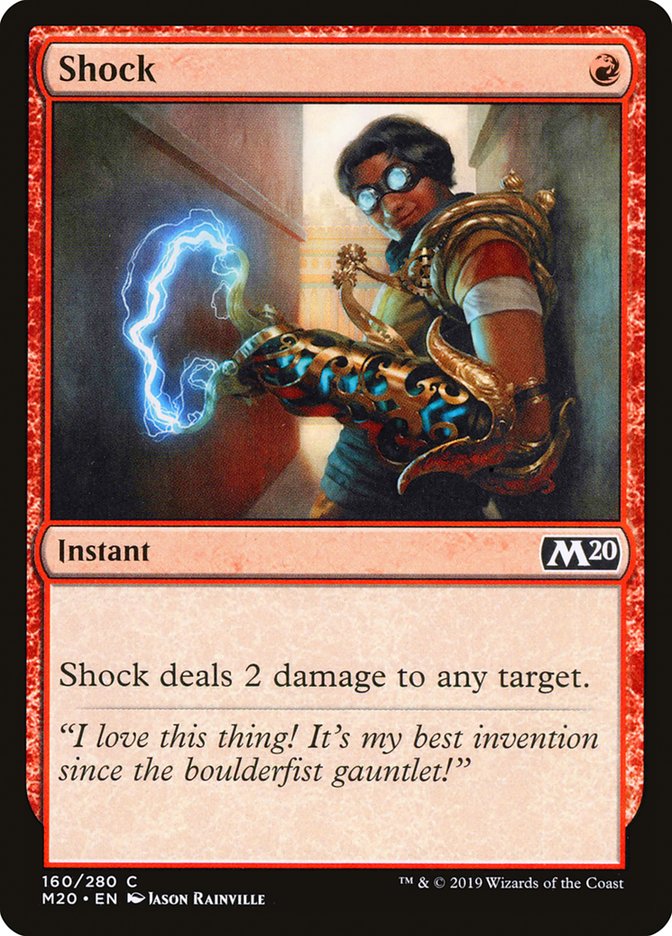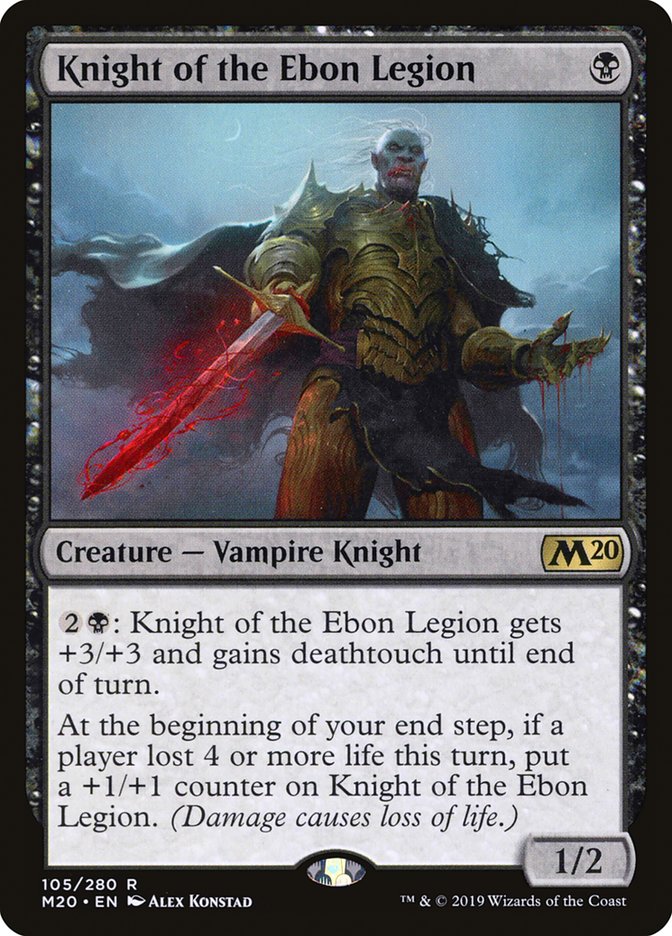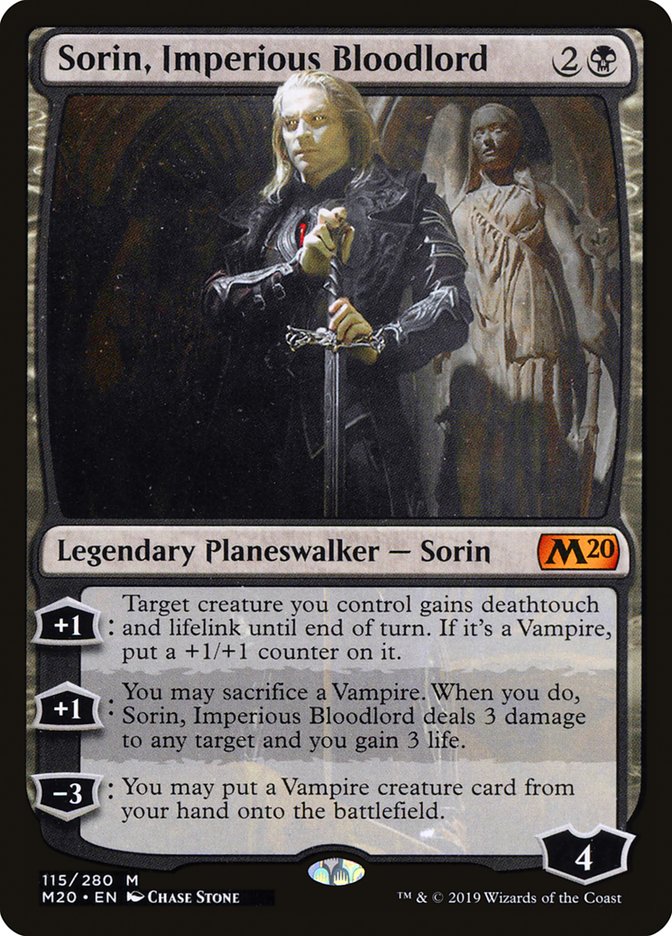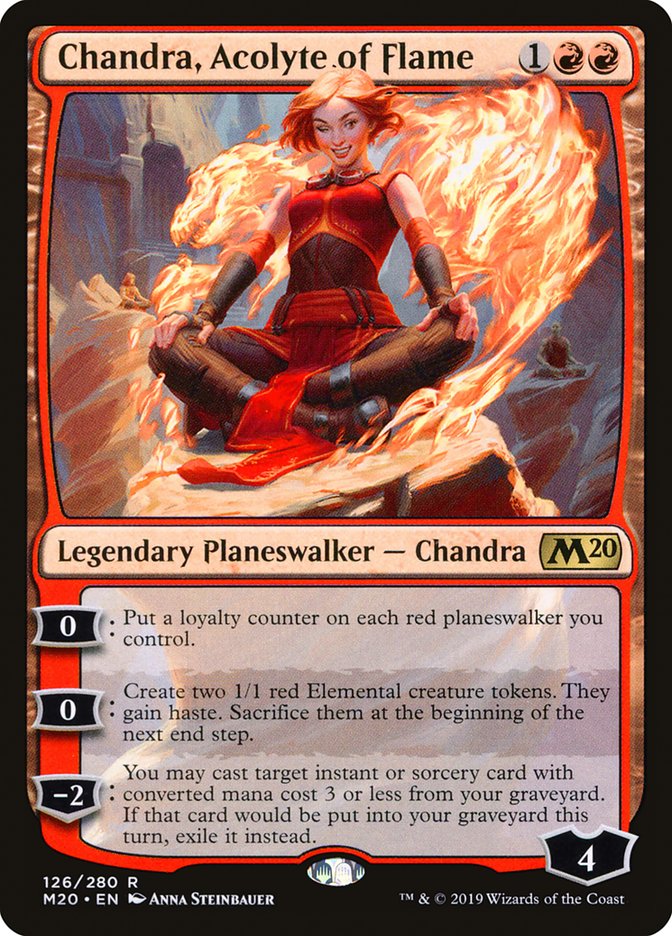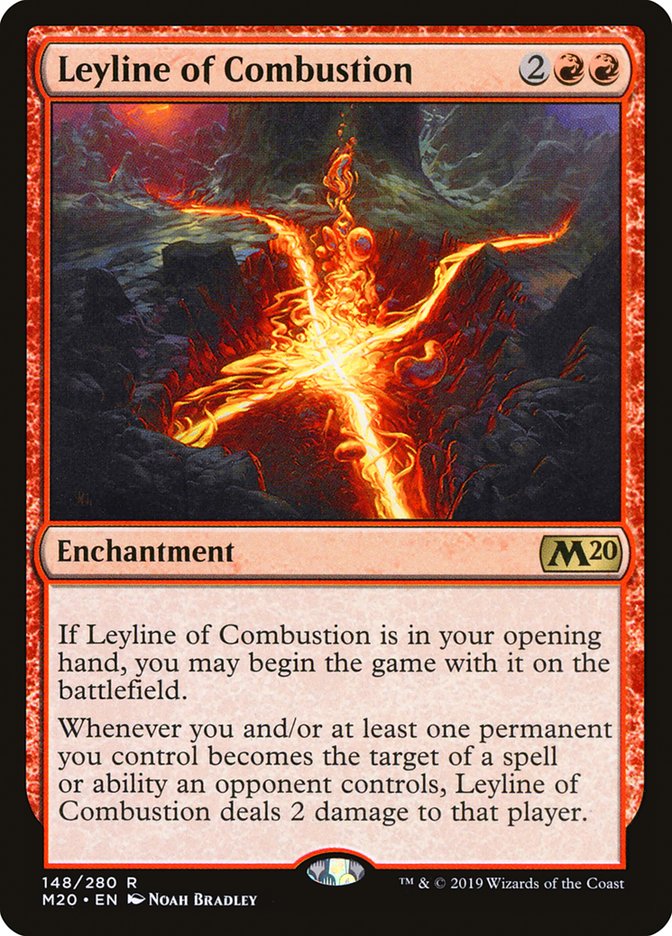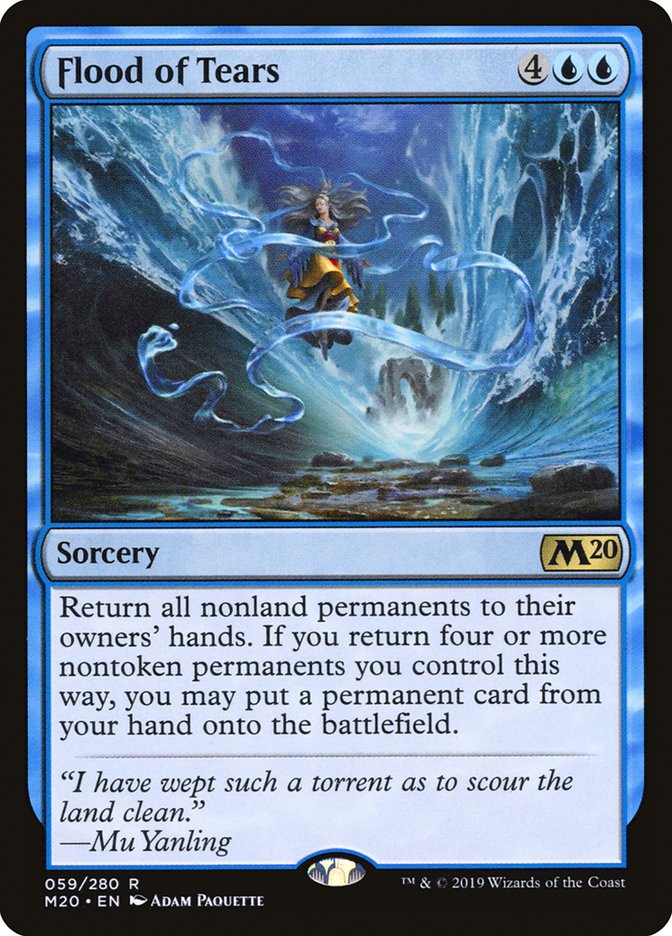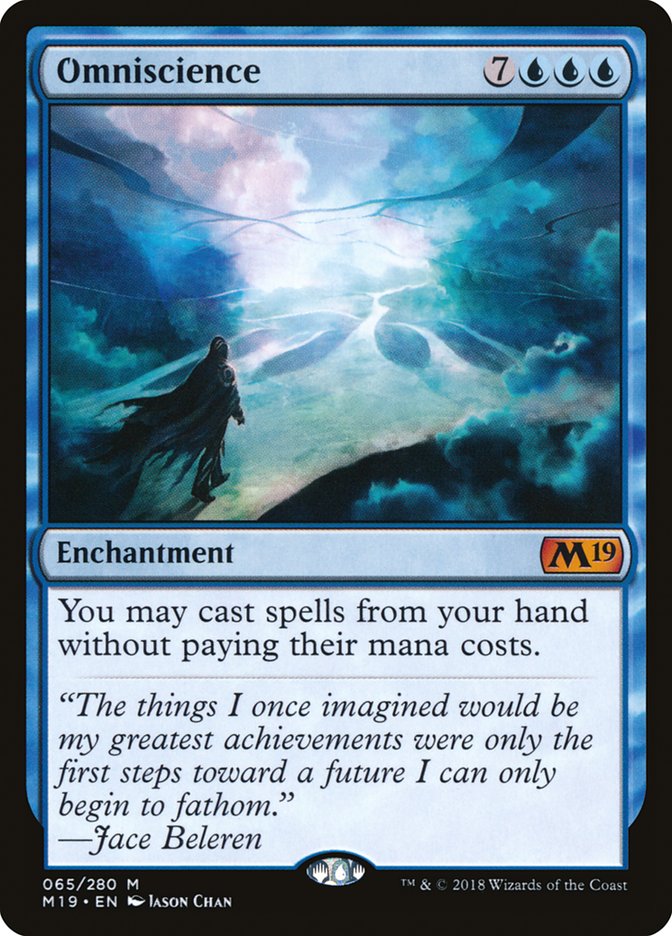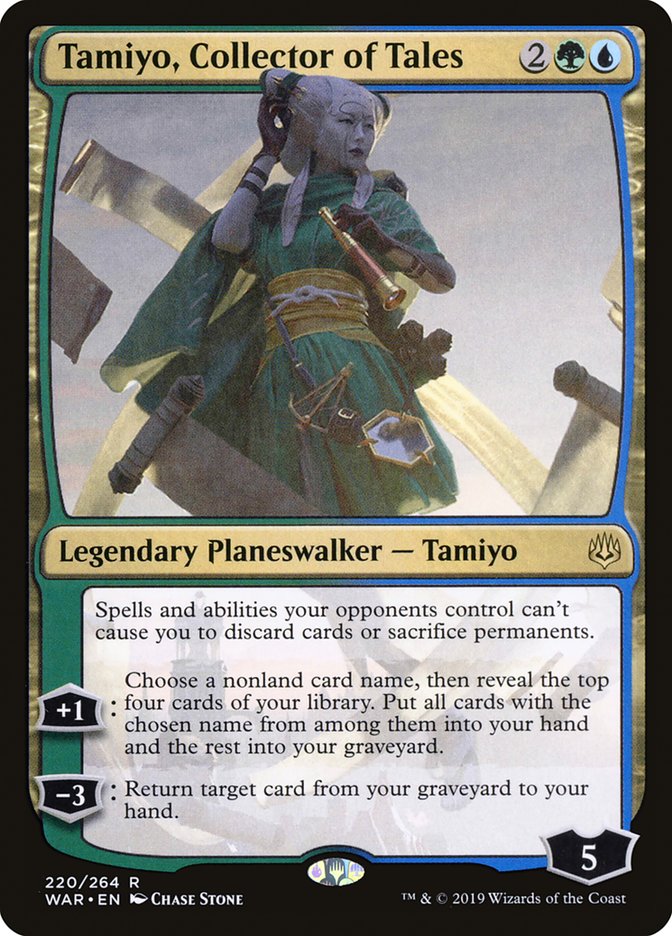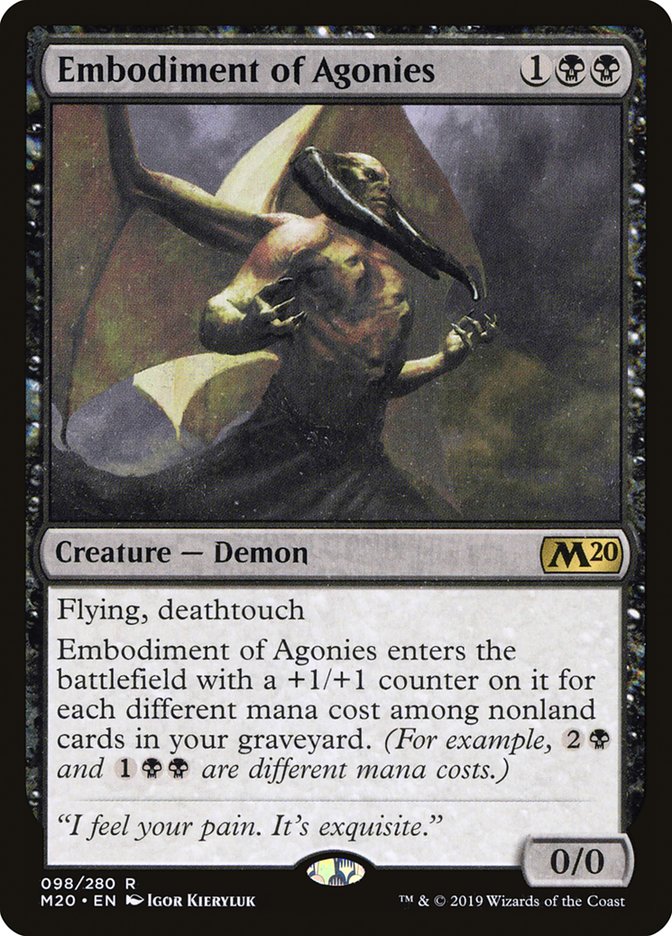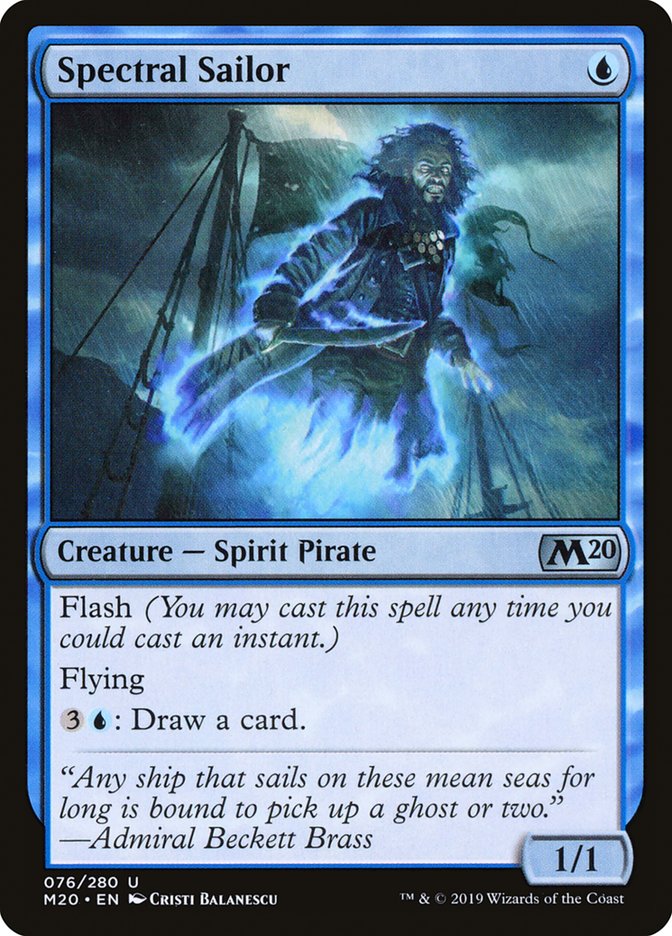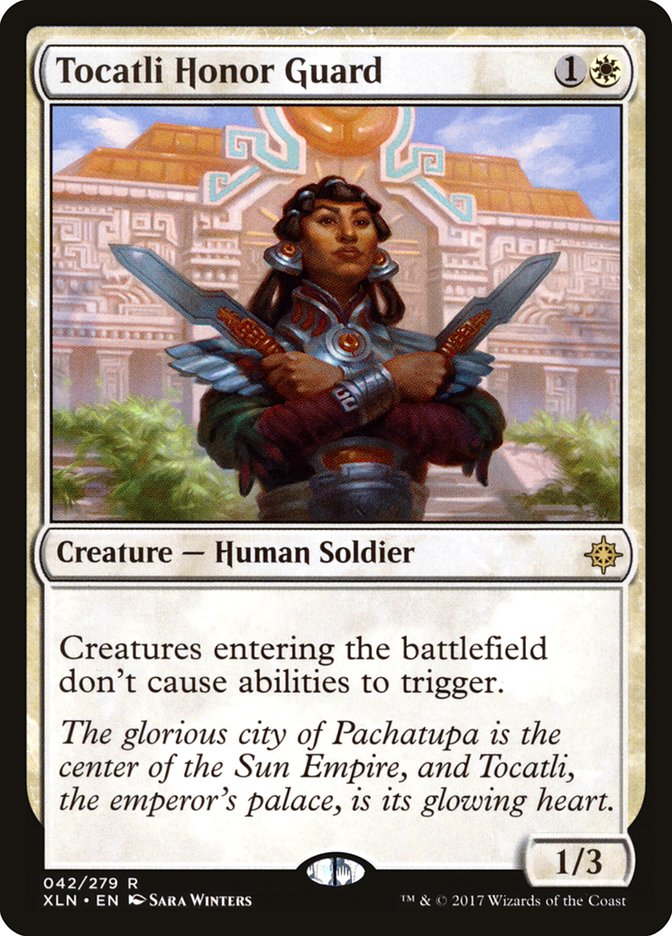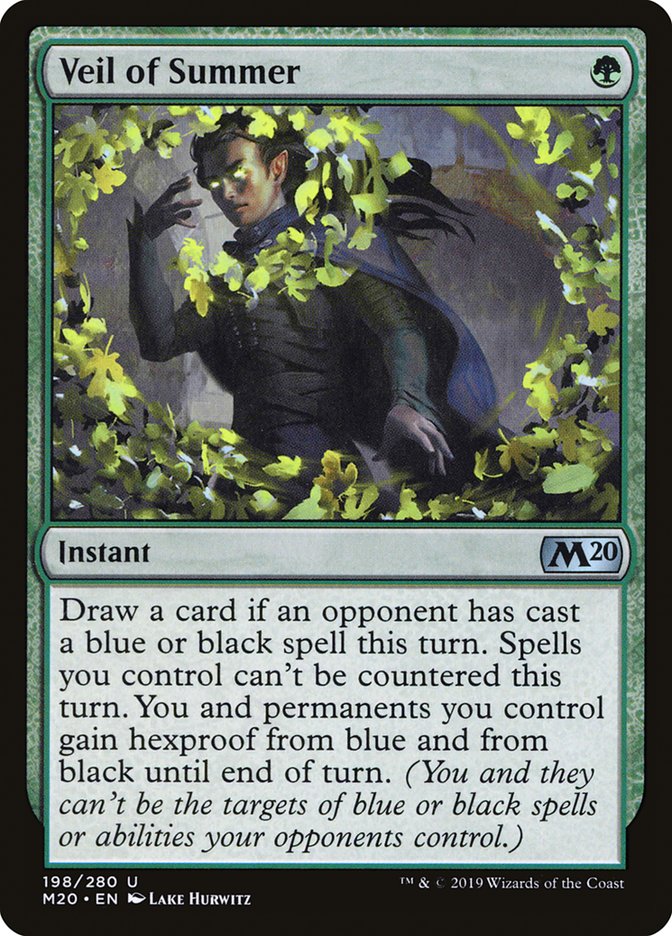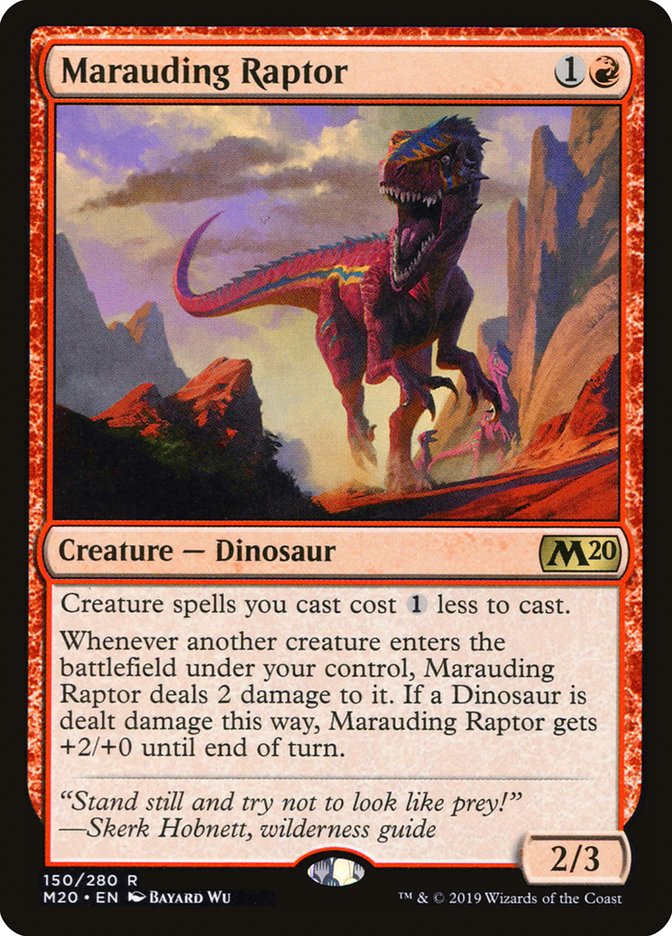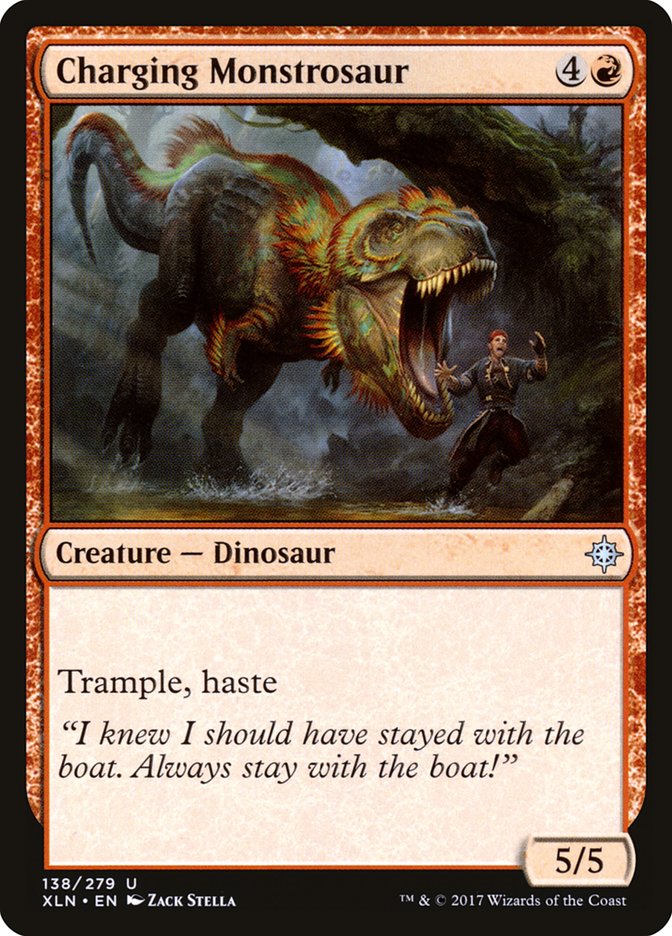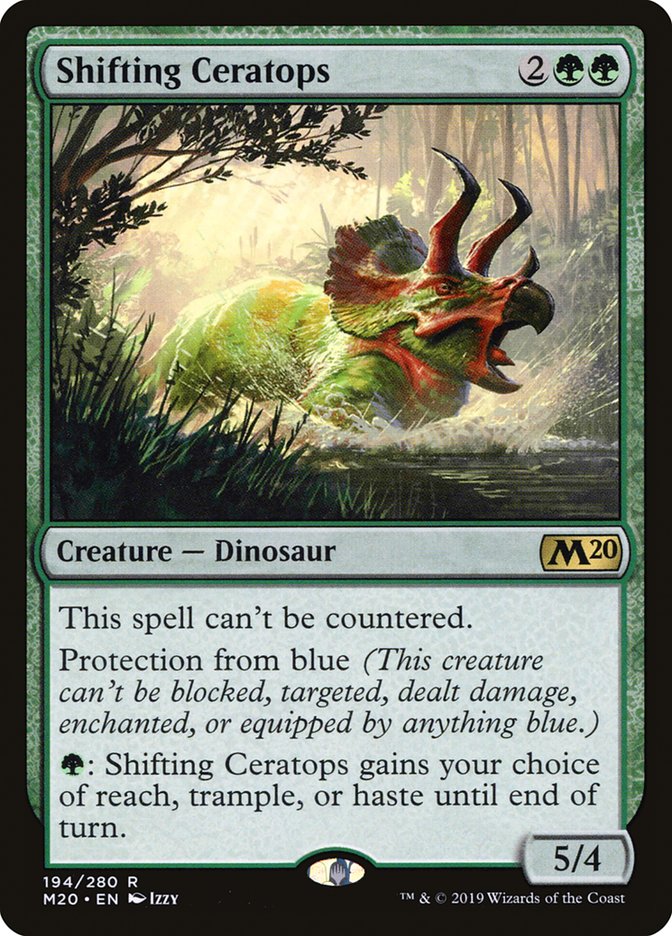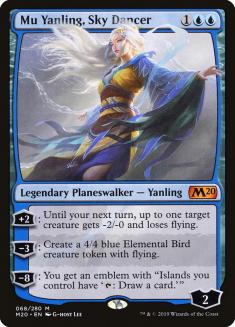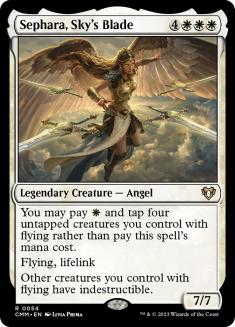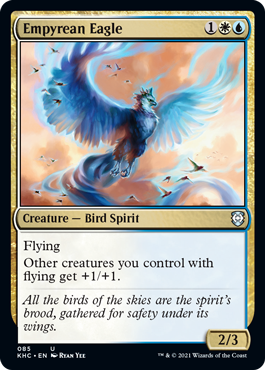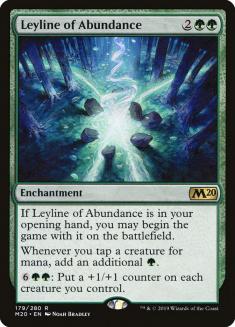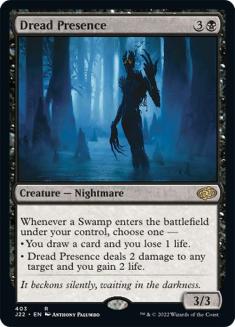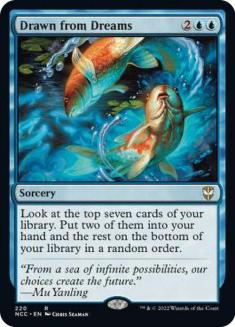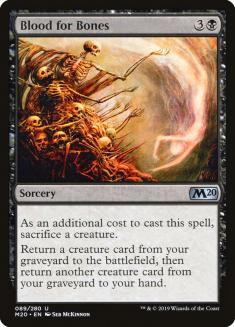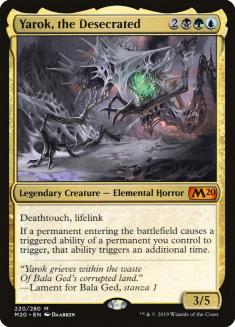Magic lends itself to repetition.
There are so many decisions in Magic that there’s a certain point at which compartmentalization of micro-decisions is necessary, and that becomes easier the more times that things are repeated. A common belief in Magic is to believe that core sets are fairly underpowered and don’t shake things up nearly as much as the other sets throughout the year.
It’s easy to see why we got here. For several years, core sets were almost exclusively reprints, and many of the cards in core sets didn’t even change from set to set. There are a handful of cards that were so omnipresent that there are fewer core sets that didn’t include them than those that did:
Core Set 2020 has been anything but a repeat of things we’ve seen before. Though War of the Spark is still fresh in all our memories, having an uncommon planeswalker is surprising. The Theros block Temples return for the first time, and Elementals have their own payoff cards for the first time since Lorwyn block.
With the power level of cards in Core Set 2020 as high as it is, it’ll warp Standard more than core sets of the past. Whether you’re competing in SCG Worcester or simply grinding Magic Arena, there’s a lot going on in Core Set 2020 Standard right now. Understanding all the decks that Core Set 2020 has enabled is paramount to succeeding in the format.
Creatures (27)
- 4 Llanowar Elves
- 4 Hydroid Krasis
- 4 Paradise Druid
- 4 Risen Reef
- 4 Omnath, Locus of the Roil
- 4 Leafkin Druid
- 3 Cavalier of Thorns
Planeswalkers (6)
Lands (26)
Spells (1)
Sideboard

There are a few lists for Temur Elementals going around, but something like this will end up having the ability to go over the top of the other midrange lists that people are bringing for Week 1 Standard. The main engine that keeps the decks going is made of these two cards:
I already touched on it last week, but the abridged explanation of these cards’ power level is that they both are worth more than a single card on their own, yet also demand that opponents commit resources to answering them, lest they run the risk of being worth even more cards down the road. This creates a similar dynamic to what we’ve been seeing from the Sultai Midrange lists in their explore package:
Wildgrowth Walker was a payoff card for the explore creatures that the deck was already playing, but the reason that the deck was interested in playing Merfolk Branchwalker and Jadelight Ranger is that they’re great for resource-heavy decks.
The deck would clog the battlefield with a handful of creatures that would assist with hitting land drops, and then use the creatures to turtle up around a planeswalker. The planeswalker would then serve as a continuous source of card advantage until enough resources were generated to turn the corner.
The Elementals package is doing a similar trick, but with the old Sultai decks, it was possible to ignore the creatures while going after the planeswalkers. That’s not the case anymore. Outside of mana creatures, almost every creature in the deck runs the risk of generating additional resources if left alone.
The biggest point of contention is which one-drop the deck wants to play. Having the mana that can support both Turn 1 Llanowar Elves and Turn 1 Shock isn’t exactly realistic. Llanowar Elves naturally will be better for midrange fights, but against aggro decks, Shock will shine.
On that note…
Creatures (27)
- 3 Sanctum Seeker
- 4 Vicious Conquistador
- 4 Adanto Vanguard
- 4 Legion Lieutenant
- 4 Skymarcher Aspirant
- 4 Champion of Dusk
- 4 Knight of the Ebon Legion
Planeswalkers (4)
Lands (22)
Spells (7)

Knight of the Ebon Legion is no joke. Neither is Sorin, Imperious Bloodlord.
The biggest thing that the Vampires deck seemed to be missing before Core Set 2020 was a good mid- and late-game. Sure, Anthem effects aren’t horrid, but ultimately, it felt like most of what the deck wanted to be doing could just be done better with History of Benalia and friends.
The power of a Turn 1 play that translates into the later portions of the game can’t be understated. Rather than leaning into the resiliency of something like Legion’s Landing offers, Knight of the Ebon Legion is just going straight into pressure.
Sorin is exactly the same.
Those are both +1s. That’s a Lightning Helix. On a planeswalker’s plus.
Creatures (20)
- 4 Fanatical Firebrand
- 4 Ghitu Lavarunner
- 4 Goblin Chainwhirler
- 4 Viashino Pyromancer
- 4 Runaway Steam-Kin
Planeswalkers (2)
Lands (20)
- 20 Mountain
Spells (18)

At this point, the Mono-Red Aggro maindeck is airtight. You might see somebody fiddle with the split of four-drops or throw in the extra Wizard’s Lightning, but otherwise there won’t be much changing. The sideboard, however, has some fairly dramatic shifts.
Flashing back spells? That’s a much better grindy option than something like Rekindling Phoenix or Risk Factor. Chandra, Acolyte of Flame in particular is good against Teferi, Time Raveler and Despark while also being able to do something proactive and grindy. It’s a tough needle that she’s able to thread spectacularly.
The secret to Leyline of Combustion is that it’s actually incredible in the mirror. Suddenly, there’s a tax for ever pointing burn at a creature, and that makes it easier for things like Goblin Chainwhirler to go unchecked.
Creatures (23)
- 4 Llanowar Elves
- 4 Paradise Druid
- 4 Risen Reef
- 4 Omnath, Locus of the Roil
- 4 Leafkin Druid
- 3 Cavalier of Thorns
Planeswalkers (6)
Lands (25)
Spells (6)

The original concept of the deck was posted by Jeffrey Pyka with only green and blue cards, but the combo goes something like this:
Cast a Flood of Tears, returning at least four permanents you control to your hand. Put Omniscience onto the battlefield.
Using Omniscience, play out a handful of cards that generate some sort of card advantage each time they hit the battlefield. Eventually, use Tamiyo’s -3 ability to get back Flood of Tears.
Cast Flood of Tears, returning…
You get the picture.
The initial version of the deck used Jace, Wielder of Mysteries and eventually drew its entire deck to win Laboratory Maniac-style. Eventually, the rest of the internet realized that playing Omnath was pretty close to free and a way to fit an infinite damage combo into the deck.
The biggest difference between this and the previously listed version of Temur Elementals is how hard it leans into the combo finish versus settling for Chandra, Awakened Inferno and Hydroid Krasis. If you see things like Tamiyo and Paradise Druid, adjust your gameplan accordingly.
Creatures (9)
Planeswalkers (1)
Lands (24)
Spells (26)

Remember the Dimir Midrange deck from the beginning of last format? It’s back.
The reason the list looks like a spattering of oddball choices is because it is. Embodiment of Agonies is an incredibly above-rate card as long as its caster builds their deck with the card in mind. Having an early way to apply pressure is one of the biggest things that the Dimir Midrange deck was missing before. It’s hard to turn the corner and apply pressure in matchups where being the aggressor is important when Thief of Sanity isn’t good enough.
.related_text {
padding:0px 10px;
height:50px;
line-height:2em;
}
.related_text img.related_author {
width:48px;
height:48px;
float:left;
padding:0px 15px;
}
.related_text .title {
color:#333;
font-style:italic;
font-size:100%;
}
.related_text a:link {
font-weight:bold;
color:#005586;
padding-bottom:0px;
font-style:normal;
}
.related_text .header {
text-transform: uppercase;
padding-top:0px;
font-weight:bold;
}
.related-premium {
color:#CD9100;
}
.related-select {
color:#125687
}
The deck may end up being a flash in the pan, but it’s been showing up a reasonable amount online, and the card choices are unique enough that it’s fairly easy to tell what’s going on at the first sight of a Bedeck or Carnival.
Spells (22)
- 1 Unsummon
- 4 Opt
- 1 Negate
- 3 Spell Pierce
- 1 Lookout's Dispersal
- 3 Dive Down
- 4 Curious Obsession
- 4 Wizard's Retort
- 1 Winged Words
Sideboard

On the note of decks from previous formats that got some new goodies, the Autumn Burchett cabal has been putting up some nice results with Tempest Djinn and company. I don’t wanna go too deep into this because fundamentally the deck is doing mostly similar things to what it was doing before, and Autumn already put up an article on the deck this week.
I’ll just say that Spectral Sailor gave the deck the biggest thing that it was previously missing: a mana sink with reliable early-game applications. For anybody who struggles to get new cards towards a set’s release, Mono-Blue is a great place to look for an incredibly competitive deck that doesn’t clean a wallet out in order to update. As a result, it will likely be overrepresented in the early portion of the format and people who sleep on it will be punished harshly.
Creatures (17)
- 1 Legion Warboss
- 4 Burning Prophet
- 4 Dreadhorde Arcanist
- 4 Tenth District Legionnaire
- 4 Feather, the Redeemed
Planeswalkers (3)
Lands (22)
Spells (17)

Gods Willing is back. Temple of Triumph is back. Favored Hoplite Tenth District Legionnaire is legal.
Stop me if you’ve heard this one before.
Boros Feather is great at attacking decks that are hoping to win with one or two interactive spells and punishing those decks while they try to build something while taking damage from a Boros aggro shell.
On top of that, Tocatli Honor Guard might be the single best thing to protect with a Gods Willing right now. Seriously, turning off almost all the relevant creatures from the Elemental decks is no joke and Feather is great at punishing decks that try to commit too many resources to dealing with a 1/3. Don’t trust me? Just ask Sam Black.
Planeswalkers (4)
Lands (26)
Spells (30)
- 4 Opt
- 4 Search for Azcanta
- 2 Blink of an Eye
- 4 Nexus of Fate
- 4 Root Snare
- 3 Chemister's Insight
- 4 Growth Spiral
- 4 Wilderness Reclamation
- 1 Callous Dismissal
Sideboard

The less interactive, more midrange-y, and more creature-heavy people get, the better Nexus gets.
It would be in the flavor of the deck to go on a diatribe about what the deck does, but it would be difficult to have made it to one of my articles on this website without having seen or read anything before about what the Simic Nexus deck is trying to accomplish.
Like Mono-Red Aggro, the biggest tools given to Simic Nexus are in the sideboard. Shifting Ceratops, in particular, is a great way to attack the various Esper decks. Having a way to crank it out via Paradise Druid after sideboard, when Growth Spiral loses a good bit of its value, is a quality plan.
However good you think Veil of Summer is, it is better than that. The first time you counter a Thought Erasure and draw a card, you’ll know what I’m talking about.
Creatures (2)
Planeswalkers (11)
Lands (26)
Spells (21)

It’d feel disingenuous to talk about so many different archetypes that have so many new tools being given to them without talking about the biggest deck from last format – Esper. With or without Hero of Precinct One, the deck hasn’t been putting up many results online in the last few days, and it’s entirely possible that the metagame is just hostile towards it. Couple that with the fact that it didn’t get a bunch of new busted control-slanted cards to play with, it’s likely that the deck just won’t show up this weekend.
Sure, the new hate cards out of the sideboard are exciting, but without some way to keep up with the never-ending stream of card advantage that the Elemental package offers, expect Esper to take a few weeks on the bench.
Creatures (26)
- 4 Llanowar Elves
- 2 Regisaur Alpha
- 4 Ripjaw Raptor
- 3 Drover of the Mighty
- 3 Charging Monstrosaur
- 4 Gruul Spellbreaker
- 4 Marauding Raptor
- 2 Shifting Ceratops
Planeswalkers (3)
Lands (23)
Spells (8)
Sideboard

The Gruul Aggro deck received a major facelift on the back of Marading Raptor.
It’s debatable whether the Dinosaurs or the previous big creatures are better than one another. What’s less debatable is whether Drover of the Mighty and Marauding Raptor are able to rumble better than most other mana creatures in the format. Unlike Paradise Druid and friends, Marauding Raptor and Drover are able to actually apply pressure once the Gruul Dinosaurs deck has made a few land drops and is able to cast its big creatures without any help from creatures. This translates to a bunch of extra damage that the previous iteration of the deck would be missing out on.
The other form of additional pressure that this deck has over last format’s Gruul deck is the larger bodies attached to creatures with haste. In addition to the Gruul Spellbreakers that people have become accustomed to, Charging Monstrosaur and Shifting Ceratops put people in positions in which they’re taking lethal damage as early as the fourth or fifth turn. That’s incredibly threatening when the damage itself isn’t from burn spells but from the repeatable source of damage that is a five-power creature.
The most incredible thing about Core Set 2020 is that, in spite of listing all of these archetypes, there are tons of cards that are powerful enough to have entire decks built around them that aren’t even listed here. The format is still early, and determining the best way to make all the new puzzle pieces we’ve received fit with one another will be the biggest challenge in the months to come.


